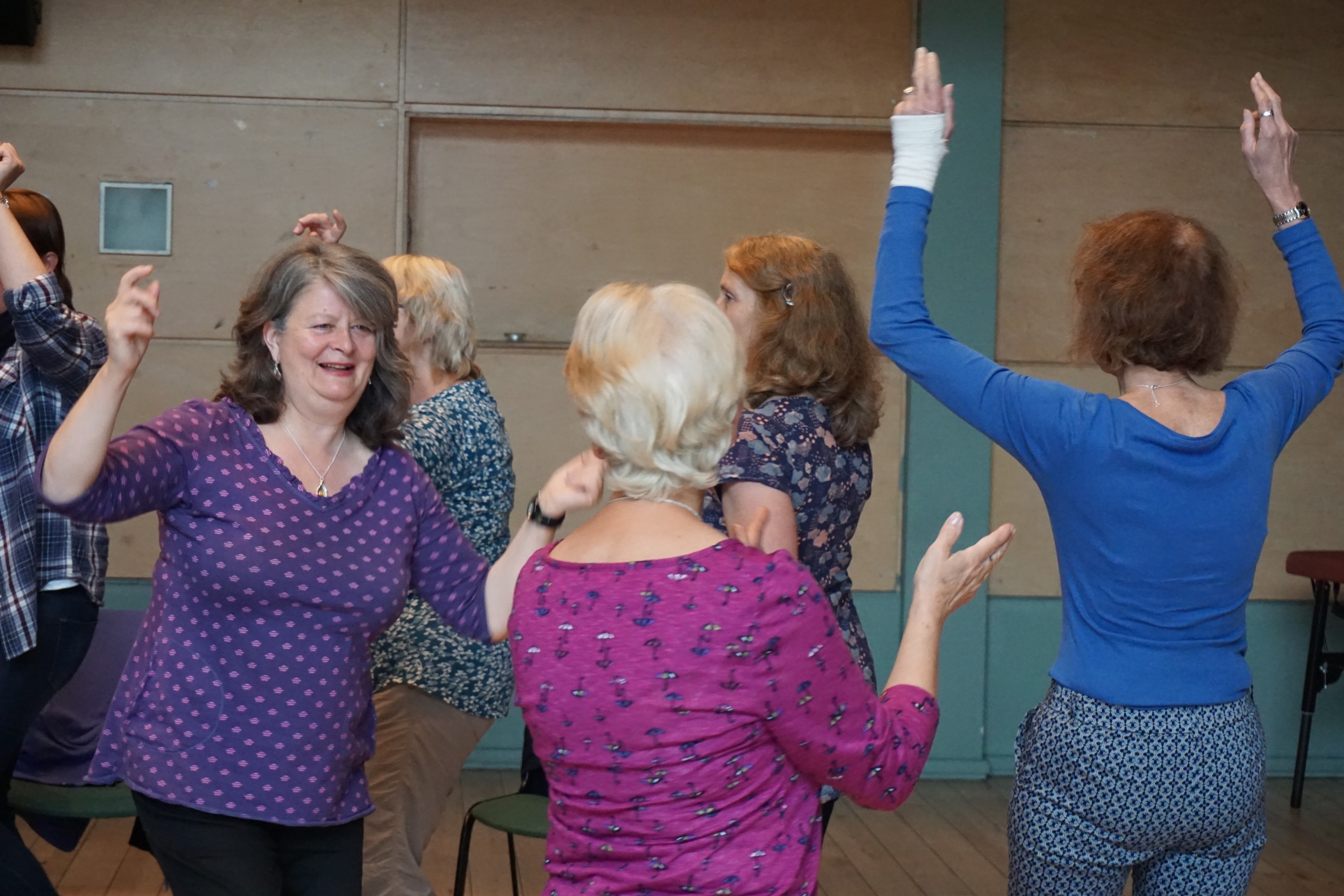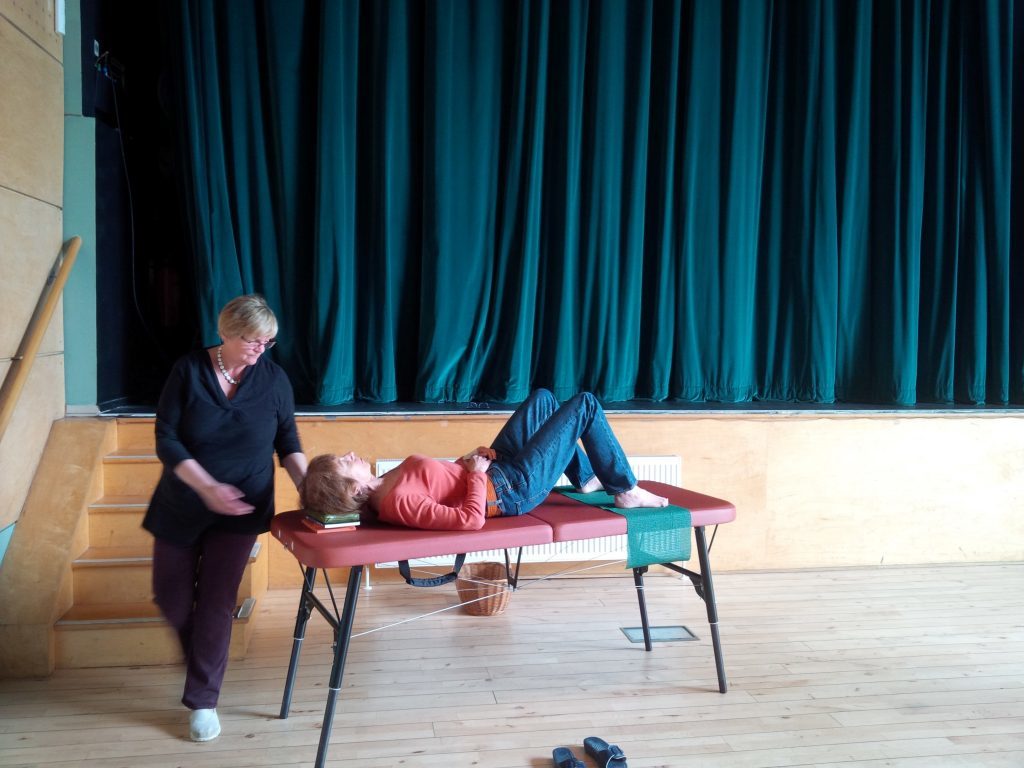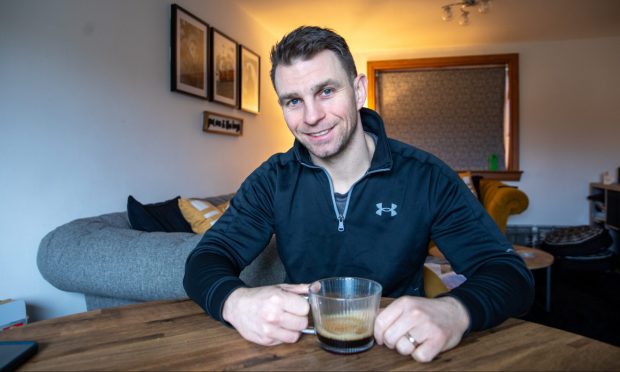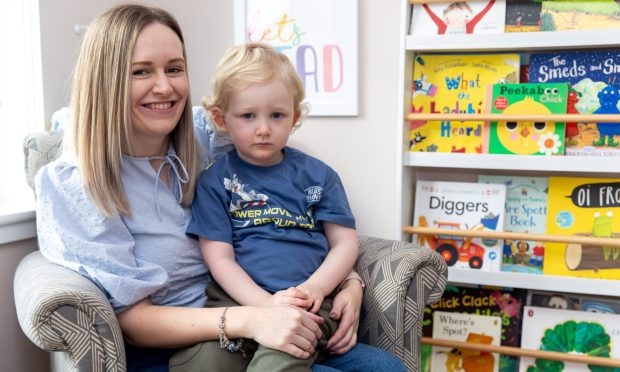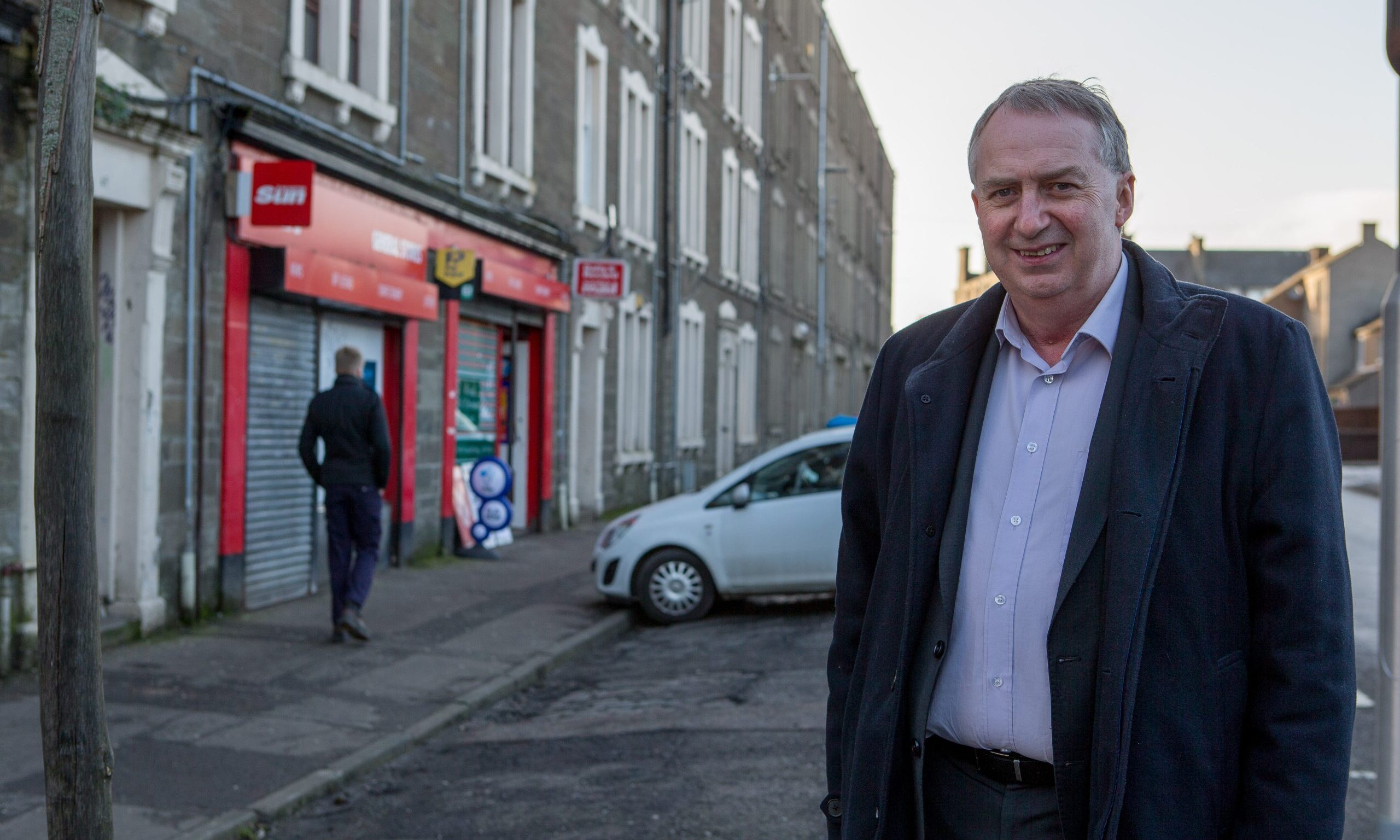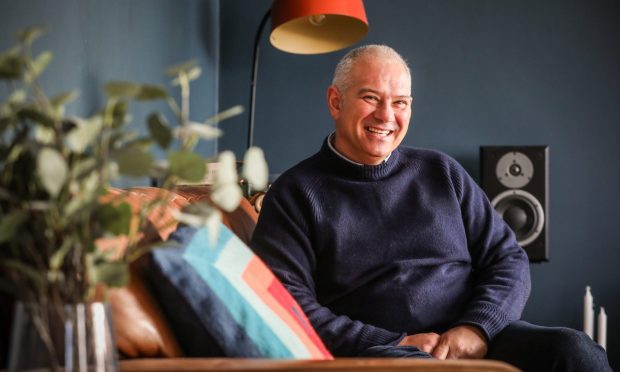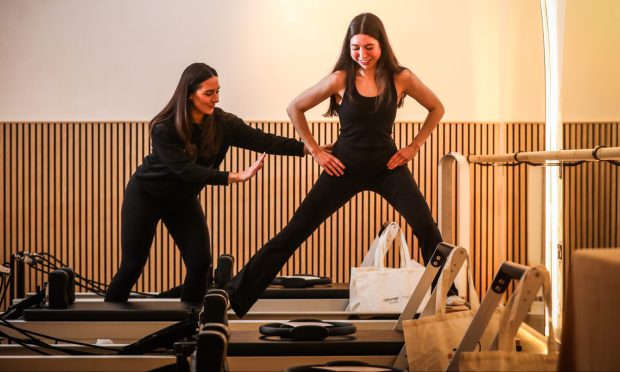Over the weekend of September 9-11, the hills in the heart of the Angus Glens will be alive with the sound of music thanks to an innovative workshop being held at Balnaboth House in Glen Prosen.
Singing For Delight is a three-day, residential workshop combining the feel-good benefits of singing with the health benefits provided by the Alexander Technique.
“You don’t need to be an experienced singer – or even to be able to sing – to take part in our workshop,” stresses Singing For Delight’s Christine Kydd, who is a renowned singer and voice specialist based in Angus.
“It’s about getting the very best out of your voice.”
The Alexander Technique has been successfully used for decades by actors, singers and public speakers and focuses on learning how to bring your body back into alignment, which, amongst other benefits, improves posture and breathing while also freeing your natural voice.
Alexander Technique practitioner Jeannie MacLean, the other half of the Singing For Delight team, says: “As well as discovering how to make the very most of your voice, this workshop is about enjoyment, relaxation and friendship.”
The workshop, which begins on Friday evening and finishes on Sunday afternoon, is open to people of all ages and involves three days of singing alongside others while also learning the basics of the Alexander Technique, and no-one will be asked to sing on their own – unless they want to.
“Also, if the weather is good, we might sing outside, which is always special.”
“Over the couple of years that we have worked together, we’ve really enjoyed exploring the powerful synergy of singing and Alexander Technique,” says Chris.
“Singing for Delight can lift your spirits and help you feel freer and more confident in your body, while also helping you release your vocal sound.”
Singing For Delight, September 9-11, costs £275 per person, which includes tuition from Christine and Jeannie, accommodation at Balnaboth House, all meals and refreshments.
For more information, visit www.singingfordelight.co.uk or email jeanniemaclean@mac.com
Did you know…?
The Alexander Technique was developed by Frederick Matthias Alexander (1869–1955), a Shakespearean orator who developed voice loss during his performances. After doctors found no physical cause, Alexander reasoned that he was inadvertently damaging himself while speaking to cause the problem and retrained his body to realign posture and avoid unnecessary muscular and mental tension.
The technique has helped people all over the world with a variety of mental and physical health problems.
Research for www.heartresearch.org.uk has found that singing is good for the heart as it increases oxygen levels in the blood.
Singing has physical benefits because it is an aerobic activity that increases oxygenation in the blood stream and exercises major muscle groups in the upper body, even when sitting.
It has psychological benefits because it reduces stress levels through the action of the endocrine system which is linked to our sense of emotional well-being.
Psychological benefits are also evident when people sing together as well as alone because of the increased sense of community and shared endeavour.
